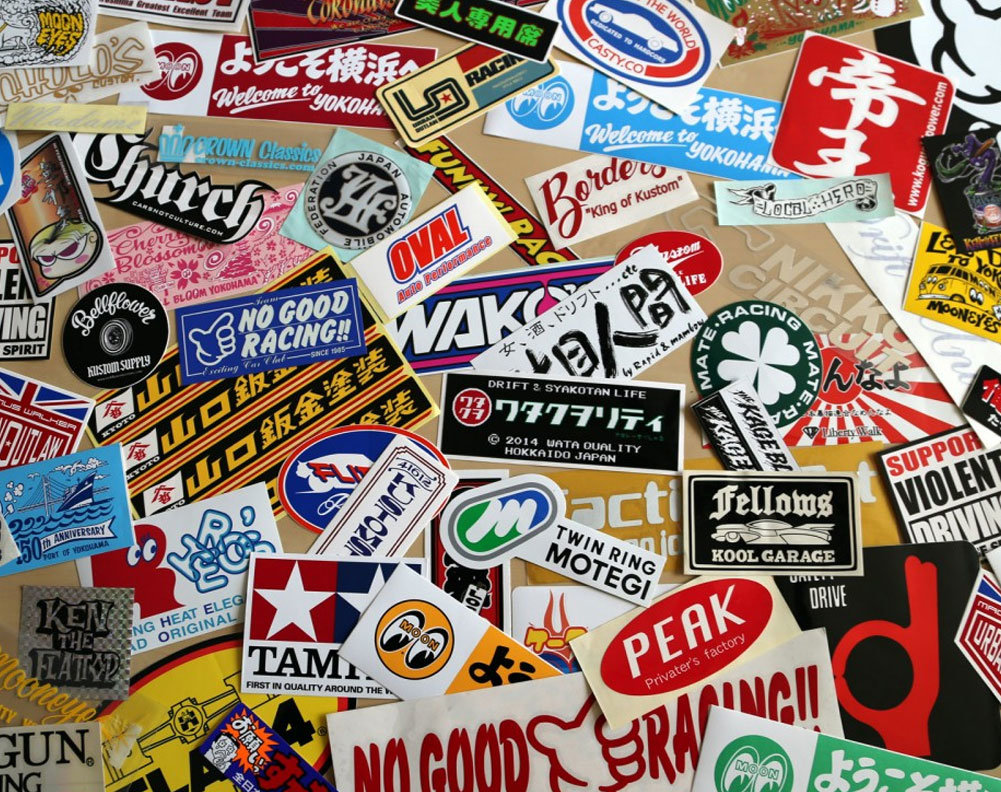News On Quick Tactics For [advertising]


New Insights In Identifying Criteria For

 For their study, the San Francisco-based researchers created a colourful computer-generated design by sampling hundreds of photographs of toasters. When the image was placed next to an item, such as a banana, a number of neural networks believed they were seeing a toaster instead. The team even offers printable versions of the AI-fooling sticker to try at home. 'These adversarial patches can be printed, added to any scene, photographed, and presented to image classifiers,' the researchers, led by Google's Tom Brown, wrote in their paper . 'Even when the patches are small, they cause the classifiers to ignore the other items in the scene and report a chosen target class.' Images designed to fool AI systems into seeing objects that aren't there are called 'adversarial images'. They exploit weaknesses in the way computers look at the world by making them prioritise certain pixels in the image they are analysing. The researchers even offer printable versions of the AI-fooling sticker to try at home (pictured). Images such as these could be used to 'attack' image recognition systems, including those used in self-driving cars to avoid collisions The researcher said their stickers work because the pattern they created is more noticeable to image-recognition systems than real-world objects. The toaster-inspired pattern effectively 'distracts' the software from seeing anything else in a scene. 'While images may contain several items, only one target label is considered true, and thus the network must learn to detect the most 'salient' item in the frame,' they wrote. When the pattern took up at least 10 per cent of a scene, it consistently tricked image-recognition software, the researchers found. Patterns designed to fool AI systems exploit weaknesses in the way computers look at the world by making them prioritise certain pixels in the scene they are analysing.
For their study, the San Francisco-based researchers created a colourful computer-generated design by sampling hundreds of photographs of toasters. When the image was placed next to an item, such as a banana, a number of neural networks believed they were seeing a toaster instead. The team even offers printable versions of the AI-fooling sticker to try at home. 'These adversarial patches can be printed, added to any scene, photographed, and presented to image classifiers,' the researchers, led by Google's Tom Brown, wrote in their paper . 'Even when the patches are small, they cause the classifiers to ignore the other items in the scene and report a chosen target class.' Images designed to fool AI systems into seeing objects that aren't there are called 'adversarial images'. They exploit weaknesses in the way computers look at the world by making them prioritise certain pixels in the image they are analysing. The researchers even offer printable versions of the AI-fooling sticker to try at home (pictured). Images such as these could be used to 'attack' image recognition systems, including those used in self-driving cars to avoid collisions The researcher said their stickers work because the pattern they created is more noticeable to image-recognition systems than real-world objects. The toaster-inspired pattern effectively 'distracts' the software from seeing anything else in a scene. 'While images may contain several items, only one target label is considered true, and thus the network must learn to detect the most 'salient' item in the frame,' they wrote. When the pattern took up at least 10 per cent of a scene, it consistently tricked image-recognition software, the researchers found. Patterns designed to fool AI systems exploit weaknesses in the way computers look at the world by making them prioritise certain pixels in the scene they are analysing.
For the original version including any supplementary images or video, visit http://www.dailymail.co.uk/sciencetech/article-5234795/Google-optical-illusion-stickers-make-AI-hallucinate.html
รับทำโฆษณาออนไลน์
ความคิดเห็น
แสดงความคิดเห็น